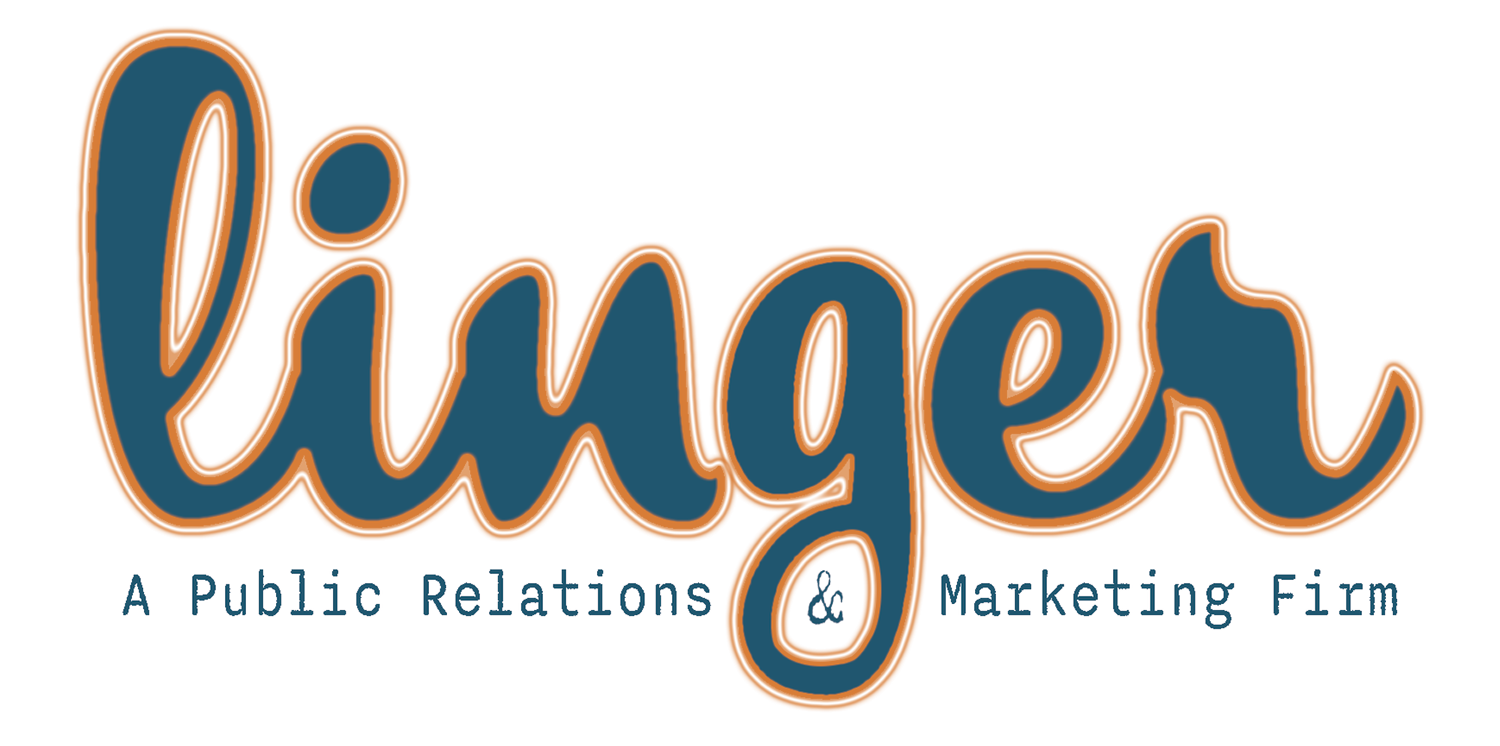Sustainable Printing
Hemp Paper Packaging and the Future of Printed PR
It’s no surprise that public relations in the modern age requires a carefully considered blend of traditional and digital media. Some businesses may rely heavily on digital marketing through popular channels such as blogs and social media platforms with minimal focus on printed materials. Others, by means of preference or industry standard, still depend on ink and paper to get their message out. Indeed’s editorial team states that “effective print materials can help potential customers form associations with color schemes, logos or phrases, particular companies or products.” According to Indeed’s Career Guide, a tangible representation of your business displaying your products or services can help to raise brand recognition, reach a wider audience, gain attention, provide visual information, promote special offers and overall increase sales. So, while it’s important to broaden your scope of marketing strategies and channels to succeed in reaching your target audience, the use of print-based materials seems to be a constant and required component of efficient advertising. Examples of print-based marketing materials that retain their relevance by these means include business cards, brochures, direct mail, birthday/thank you cards and office stationary.
But is it always needed?
While there’s no question it’s necessary to create compelling printed materials for marketing, the elephant in the room for this blogger is whether it’s a necessary evil. As a former public librarian and archivist, I’ve witnessed firsthand the decline in printed publishing. Professionals in the information science and archival studies space have turned their attention to preserving written works and resources electronically for future generations. When interviewing for my final position as an Early Literacy Associate at Mid-Continent Public Library, I was asked to explain what a government or tax-funded institution can do to mitigate a lack of interest in circulating materials and increase use of its programs. I posited two solutions: firstly, that all current printed publications be converted digitally and optimized for both preservation and accessibility, and secondly, that those institutions explore options for sustainable printing. Measures such as digital archival projects and black paper printing address these challenges at surface level. However, preservation and accessibility should refer not only to maintaining the materials and optimizing them for everyone regardless of cognitive or physical ability, but sustaining healthy habits that benefit and work toward the good of the planet.
How can this be balanced?
Green Office, an international effort in reducing the impact of business print culture, states that “in order to feed the world’s need for paper, approximately 4 billion trees are cut down each year, resulting in accelerated deforestation,” with over 85 million tons of paper generated to support print needs. Further, the World Resources Institute confirms “the global printing and paper industry accounts for 1% of global carbon dioxide emissions.” While one percent may seem minor, it’s enough to influence many businesses to actively work toward reducing their footprint.
One method of doing so that is gaining traction is the utilization of hemp paper for printing and publication. In 2022, the first manufacturer to offer hemp paper for offset and high-speed inkjet printing, Hahnemühle, debuted at the London Book Fair. According to the High Times, hemp has fibers that are four to five times longer than wood’s, which “results in paper which is much stronger than that made from trees.” Additionally, the crop uses less water and fewer pesticides. Despite the stigma that may be attached to the industrial utilization of hemp, only the male plant is used for making paper, while the female is used for extraction and consumption of cannabis. The European Industrial Hemp Association, or EIHA, located in Brussels is one organization striving to break down this stigma and promote hemp printing for a more sustainable future.
Linger’s role in promoting environmentally conscious marketing strategies
Here at Linger, we are conscious of our environmental footprint and dedicated to pivoting to anticipate and meet the needs of our Earth. We understand the importance of integrating digital marketing strategies with the traditional, and continue to produce print-based materials of quality to advance your brand and increase visibility. We remain vigilant of new trends and ways to improve the world around us, and will continue to explore the difference we can make as hemp paper packaging and printing becomes more widely available. When you’re ready to collaborate with a marketing firm in Kansas City, MO, follow these steps:
3. Balance environmentally conscious decisions with your marketing goals.
References
https://hightimes.com/news/hemp-paper-could-be-the-future-of-printing/
https://www.indeed.com/career-advice/career-development/marketing-materials
https://www.hahnemuehle.com/en/index.html



